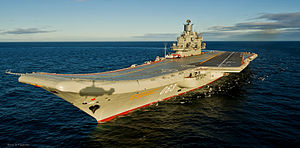
The saga of Russia’s solitary aircraft carrier, the Admiral Kuznetsov, is a telling narrative of the nation’s naval prowess—or the lack thereof. Notoriously known for its operational shortcomings and mechanical failures, the vessel has become emblematic of Russia’s enduring struggles to establish itself as a significant player in naval aviation.

Historically, Russia has faced a series of setbacks in its attempts to construct a formidable fleet of aircraft carriers. Financial shortcomings, strategic shifts in military focus, and engineering challenges have perennially plagued its ambitions.
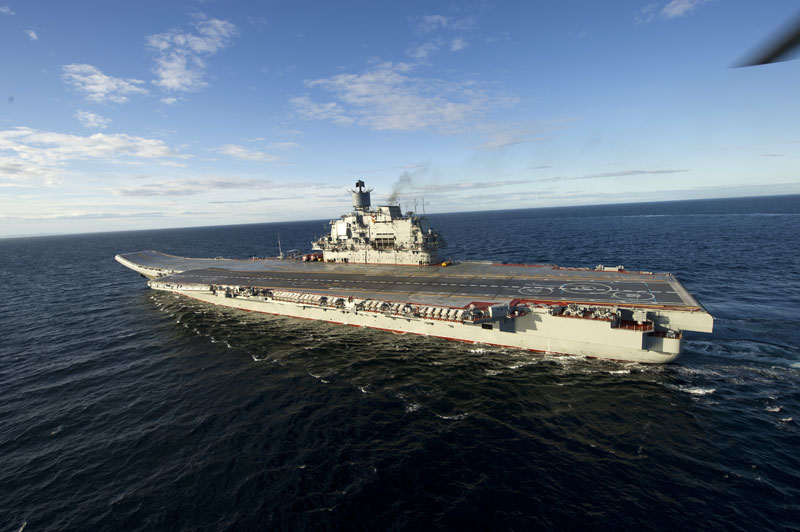
The legacy of these struggles dates back to the Soviet era when grandiose plans for carriers such as the Moskva and Kiev classes, and the nuclear-powered supercarrier Ulyanovsk, were continuously overshadowed by other defense priorities like land-based and nuclear forces.
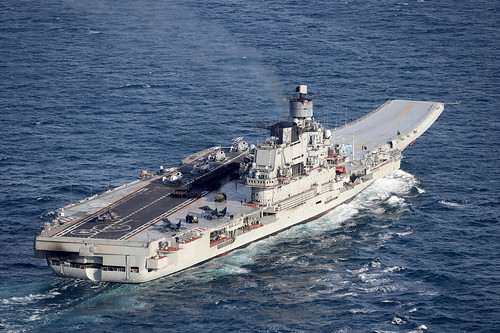
Dr. Brent M. Eastwood, an expert in emerging threats and former U.S. Army Infantry officer, notes that “Rubles, rubles, rubles, and the lack thereof” have long been an obstacle for Russia’s aircraft carrier development.
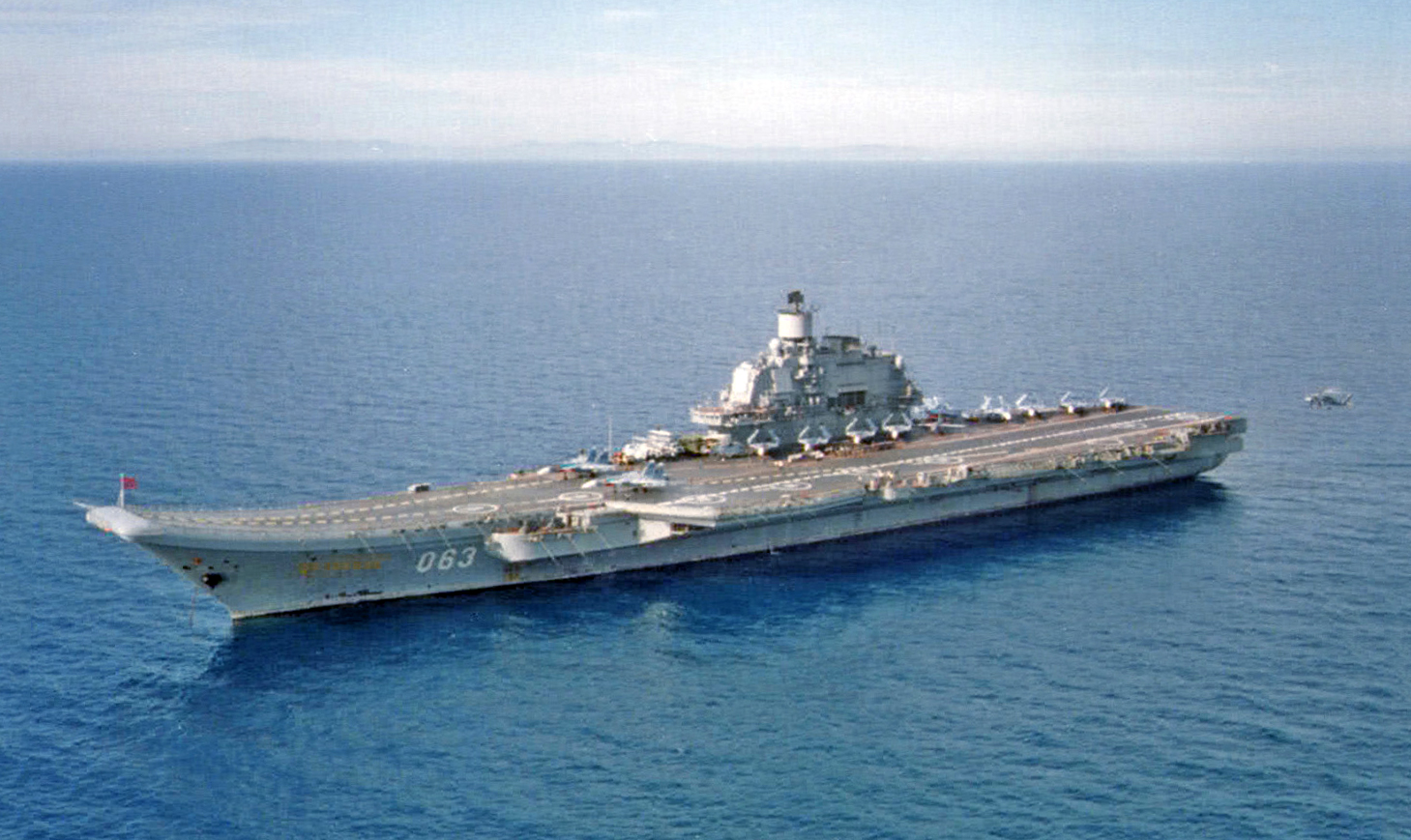
Despite the Soviet Union’s significant industrial capabilities, the financial means to sustain a large fleet of carriers were never fully realized.

The Admiral Kuznetsov, often ridiculed as a “bucket of bolts” or even referred to as the “world’s worst carrier,” remains Russia’s only operating carrier. Currently languishing in dry dock for repairs, its operational capacity is starkly limited.
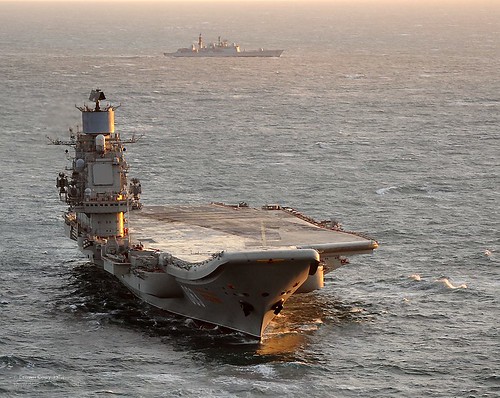
Maya Carlin, National Security Writer with The National Interest, reports that “the warship has been sidelined for years due to these issues,” including fires, crashes, and inefficiencies.
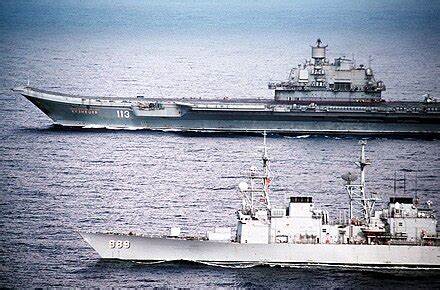
The carrier’s dependency on Mazut fuel—a petrochemical product that results in a smoke-belching signature—further hampers its operational endurance, which is restricted to a mere 45 days at sea.

This is in sharp contrast to nuclear-powered counterparts that can sustain operations for years without the need for refueling.
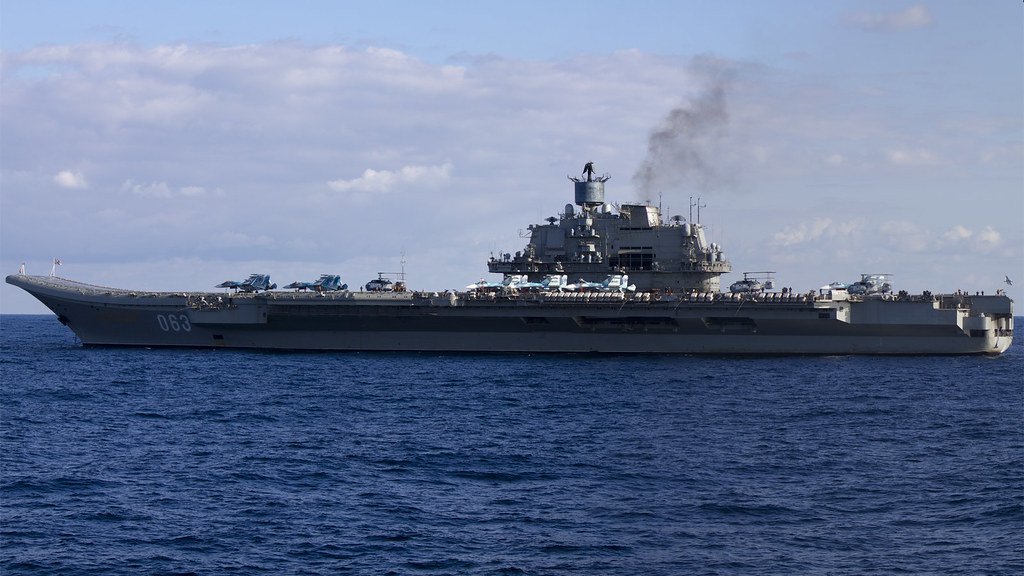
The Kuznetsov’s litany of misfortunes is long, with multiple accidents and fires that have led to the loss of both human life and aircraft.
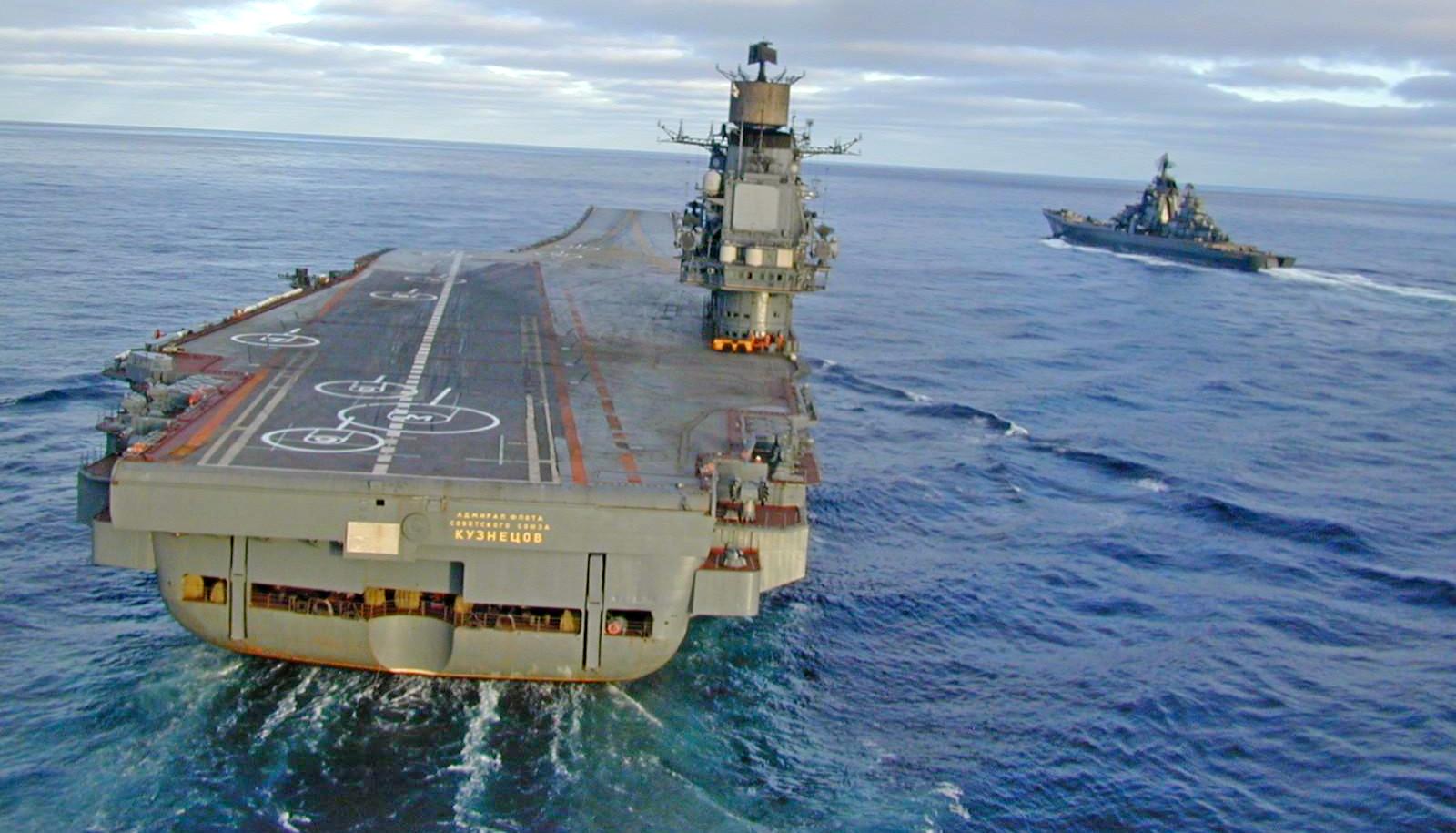
Recent developments in Ukraine, with the support of advanced weaponry from the U.S. and NATO allies, have further exposed the vulnerabilities of Russia’s sea-based military capabilities.
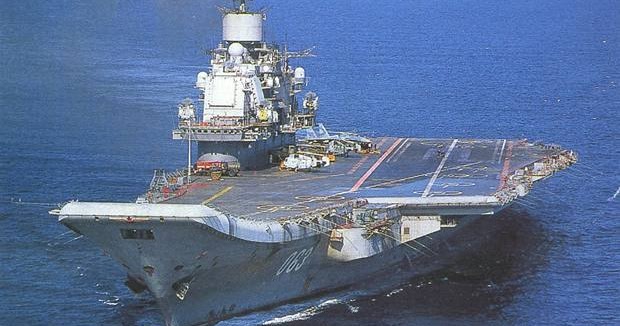
As such, the emphasis on maintaining and updating the Kuznetsov seems misplaced in the face of such effective Ukrainian resistance.

Brandon J. Weichert, a geopolitical analyst, suggests that mothballing the Kuznetsov could allow Russia to refocus its defense resources more strategically.

He points out that “Russia is a mostly landlocked, nuclear-armed great power” and that the nation continues to exert its influence through its land forces and formidable submarine fleet.
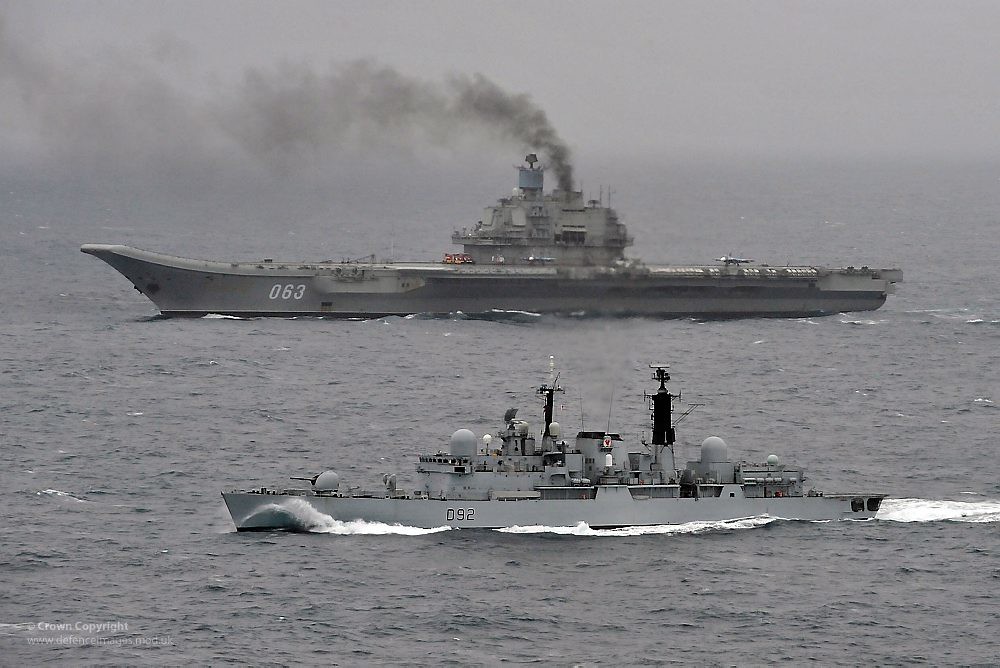
The Russian Navy’s nonstrategic forces face tough competition from land and air forces, and the future of Russian naval aviation remains uncertain at best.
Relevant articles:
– Russia’s Aircraft Carrier Nightmare Will Never End, The National Interest
– Russia’s Aircraft Carrier Nightmare Just Won’t Seem to End, The National Interest
– Russia’s Old Admiral Kuznetsov Aircraft Carrier Is Now ‘Non-Operational’, nationalinterest.org
– Russia Needs to End Its Admiral Kuznetsov Aircraft Carrier Nightmare, areios defense llc
